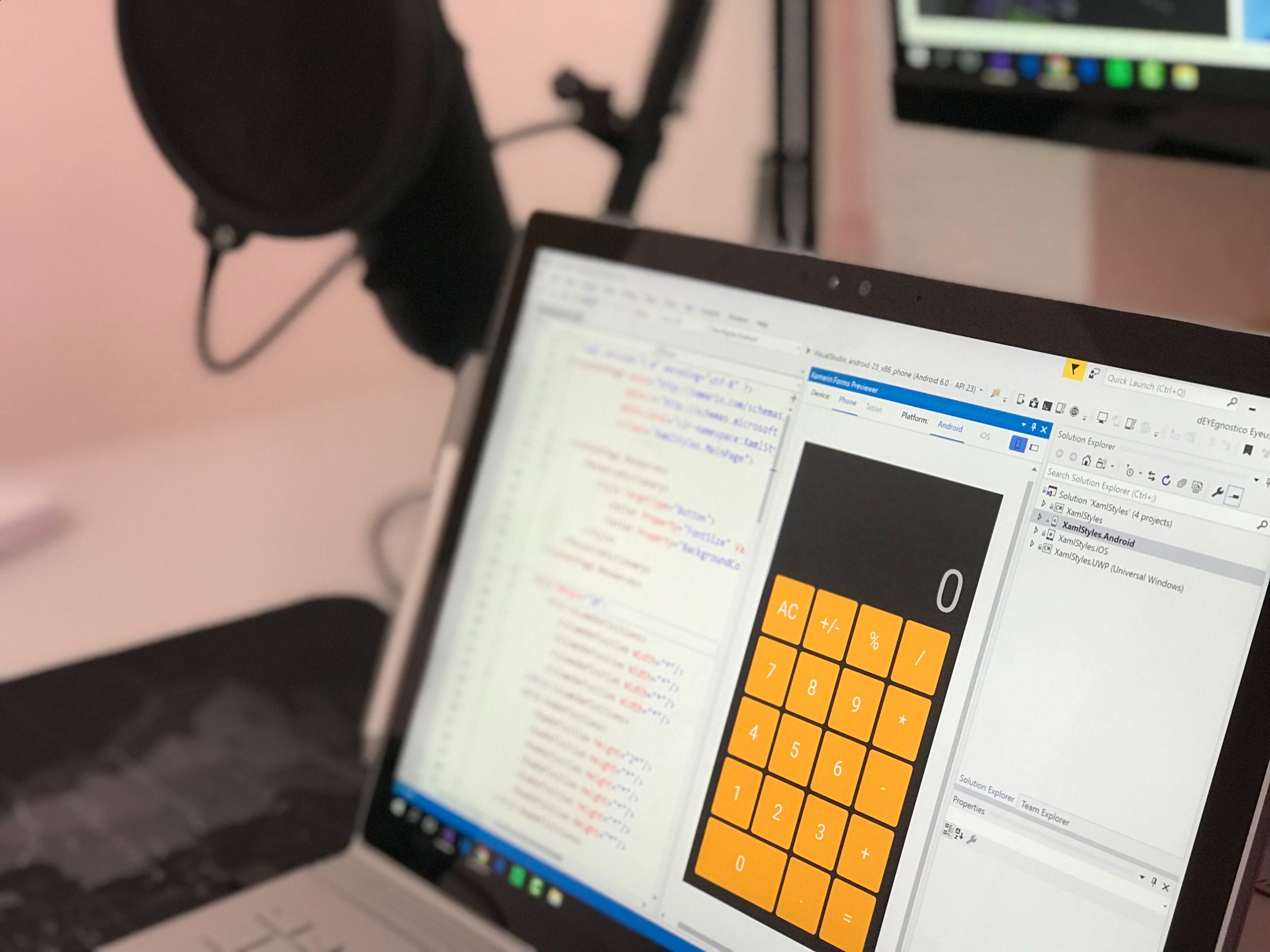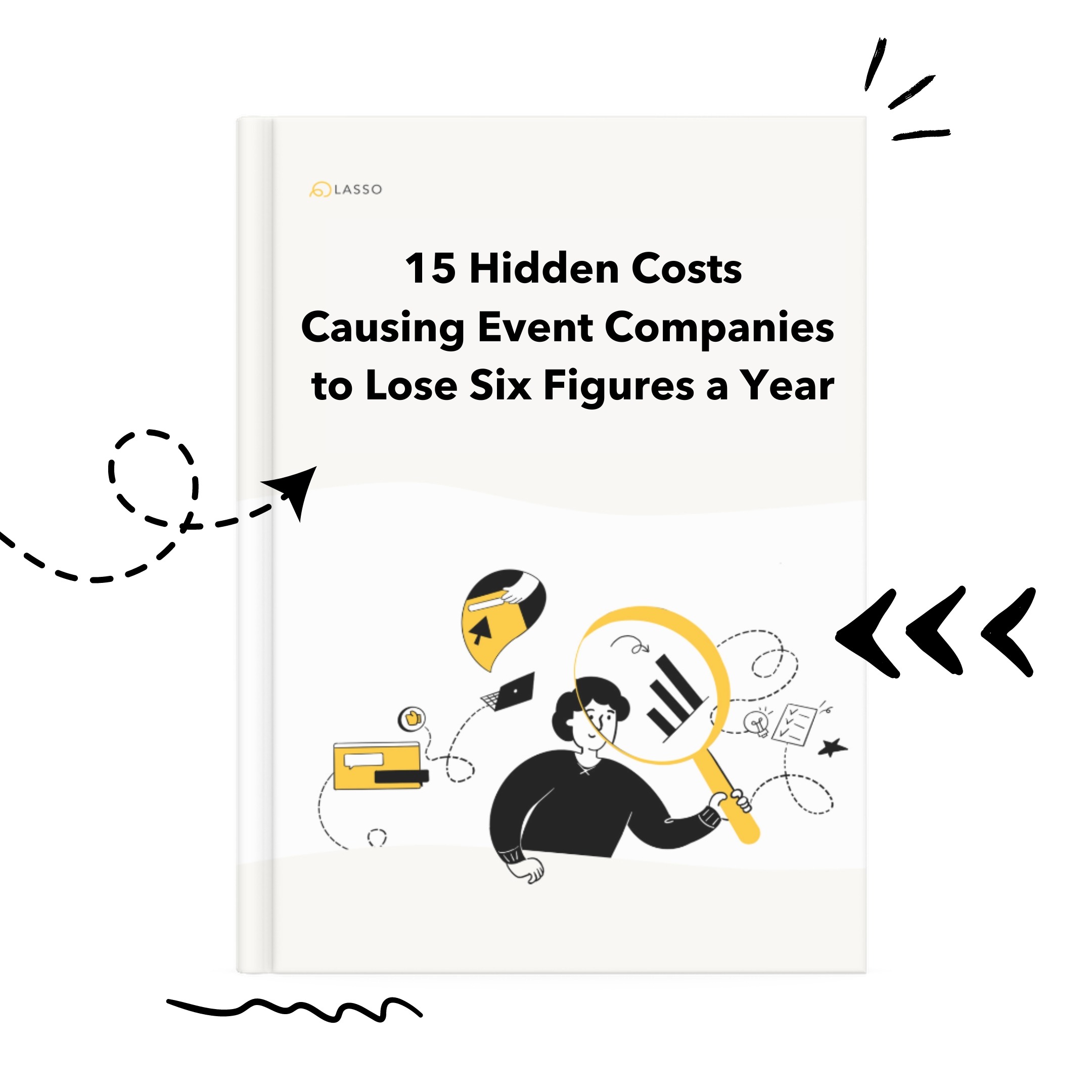Have you ever looked at your outsourced labor invoices and been surprised or even frustrated? You’ve likely dealt with things like daily overtime, rounding up to the next hour, steep mark-ups – the list goes on. Complicated bill rules have been commonplace in the event & entertainment industry for a long time. However, as we begin to venture out into this post-pandemic world, expensive bill rules will simply no longer work for surviving businesses.
What are the most common misconceptions when it comes to how you are being billed for your third-party labor?
- Misconception #1: Bill rates are the most important thing to compare.
- Misconception #2: It doesn’t matter if my provider hires W2 or 1099 crew.
- Misconception #3: The way I book labor today will continue to be how I book labor in the future.
Let’s dig into these common misconceptions together.
Misconception #1: Bill rates are the most important thing to compare.
When you outsource your labor, and you’re comparing estimates, many think that the bill rates will be the most important part of the resulting invoice. However, how often is it that your total invoice matches your estimate? The reality is things change with events, all the time, almost always, so your invoice rarely reflects your estimate. That is just part of it, but it doesn’t mean that your estimates have to drastically differ from your invoices.
For example, John is an A1 and his bill rate is $50/hour. John is on a 10-hour call, so your invoice for him should be $500, correct? Well, let’s see what really happens.
Instead, the call ends up going over by 2.25 hours because a truck was late. So, you end up getting an invoice for $775. What…why? Because bill rates are not the only factors that impact your labor invoices. In this scenario, you were charged $50 for 10 hours and then 3 hours of overtime. That means you were charged for daily overtime (outside of California, mind you), and that last 0.25 hour worked was rounded up to the next hour. Yes, you paid for time not actually worked. The $1.25 per minute for the 45 minutes which was rounded up in overtime, just cost you an extra $56.25 for that one person. So, what does that mean if you have 10-20 people on that crew? You guessed it – unanticipated expenses that just cut into your margin. Did your proposal to your customer cover that or is that just another cost you will have to “eat”?
What if, you were only billed for the time worked with no complex bill rules? That’s a novel thought, huh? If that were the case, this person would have cost you $612.50, instead of $775. That’s a savings of $162.50 for one person, one day. If you had 10 people on that crew, you would have saved $1,625 for just one day! Complex bill rules are simply costing you a fortune, right under your nose.
So, it is very possible that you could have a labor estimate with a competitive bill rate, but, when you add on complicated and expensive bill rules, your costs can get out of control, and beyond budget.
Misconception #2: It doesn’t matter if my provider hires W2 or 1099 crew.
With the passing of AB5 in California and the crack-down on employee misclassification in the US over the past several years, it’s never been more important to ensure your company is compliant. After all, the penalties and fines could cost you and your business. When you hire outsourced labor, you are ultimately liable for them, and furthermore, so is your customer. Yes, your customer is also liable.
If they do not have proper workers compensation coverage, for example, and are injured on the job, they can and will come after you…and your customer. Also, if you’re audited and are not properly classified based on federal and state employee classification guidelines, you are responsible for past taxes and penalties. Let’s repeat that, you are liable for your labor – even third-party labor working your events.
In addition, in this new world that we are all living in, being COVID-19 responsive is critical. Ensuring that your outsourced labor is compliant, has proper COVID-19 training, and is prepared for the new standards in place for your audiences is a must.
Misconception #3: The way I book labor today will continue to be how I book labor in the future.
Historically, you have probably placed a phone call or email to a third-party provider for labor, and a few days…or weeks later, you received an estimate. With the changing landscape, waiting days or weeks for an estimate just isn’t feasible. You need to be able to move quickly and be nimble, or you will miss out. Furthermore, with all of the disruption, many of the options you have historically counted on, have been severely impacted and won’t have the ability to continue to service you in the same way, or at all.
Receiving estimates in seconds, having more control over who is working your event with insight into crew skill sets, and being able to tap into a curated, compliant, and cost-effective talent pool across the country will be necessary when events come back.
Gone are the days of labor showing up and you crossing your fingers that they know the equipment, have the skills and are good contributors. You simply can’t afford to get that wrong.
***
What if there was a new way to outsource labor without all of the complicated and expensive bill rules? What if you could have simple estimates that are easy to understand? And, full transparency by seeing the actual hours worked right on your invoice and knowing way more about the people you are hiring, prior to your event. Well, there is, with LASSO Marketplace. The LASSO Marketplace will give you the ability to scale up as your events begin to come back by tapping into a curated talent pool of local crew. We strip away the confusion, minimize expensive and risky travel, automate the whole process, and save you money on what can be the most expensive part of a show. We have 100% workers compensation coverage in all states, and crew are both compliant and COVID-19 responsive. Request a demo if you want a better, new way to outsource qualified talent.





